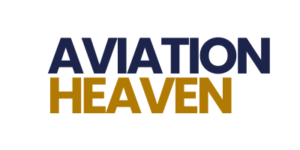
Tool calibration and control is an essential aspect of aviation maintenance as it ensures accuracy, repeatability, adherence to standards, and adherence to EASA regulation. In the aviation industry, it is crucial to ensure that all tools used for maintenance, repair, and overhaul (MRO) operations are calibrated properly and at a regular determined frequency defined by the organisation to reflect their usage.
Control is an aspect that is not greatly emphasised but has a relevant importance in the overall aspect of the tool and equipment calibration process. By control one means the ability to have a means of determining the frequency period of calibration of any particular tool. The frequency may be determined by using historical calibration results and the predicted use. For these reasons, calibration frequency may vary for different MROs and the control and calibration should be done using internal appropriately trained personnel or sub-contractors working under the Quality System of the MRO.
Another significant aspect of tool calibration is repeatability. In aviation, precision and consistency are vital, and calibrated tools allow for precisely repeatable results. The ability to reproduce accurate measurements and adjustments using calibrated tools is crucial for the proper functioning and maintenance of complex aircraft systems.
Tool calibration is also essential for maintaining adherence to standards. Aviation maintenance follows stringent guidelines and regulations. Improperly calibrated tools can lead to non-compliance with these standards, resulting in operational delays, or even incidents and accidents.
Adhering to timeframes is also important in aviation maintenance, and tool calibration plays a key role in achieving this. Regular calibration of tools ensures timely identification and correction of any deviations in measurement accuracy. This helps prevent any potential delays or disruptions caused by faulty or inaccurate tools.
Furthermore, tool calibration is important for the overall quality of maintenance operations. Calibrating tools helps identify any issues or discrepancies in their performance, leading to a higher level of control and reliability in aviation maintenance activities. It ensures that technicians can trust their equipment and that the work performed meets the high standards of the aviation industry.
In conclusion, tool calibration is of utmost importance in aviation maintenance due to its impact on control, repeatability, adherence to standards, and timeframes. By ensuring that tools are accurately calibrated, the aviation industry can maintain the highest level of safety, performance, and compliance with regulations, ultimately contributing to the overall quality and reliability of aircraft maintenance and operations.
by Steve Gingell Littlejohn – contact glcalibrations@gmail.com
